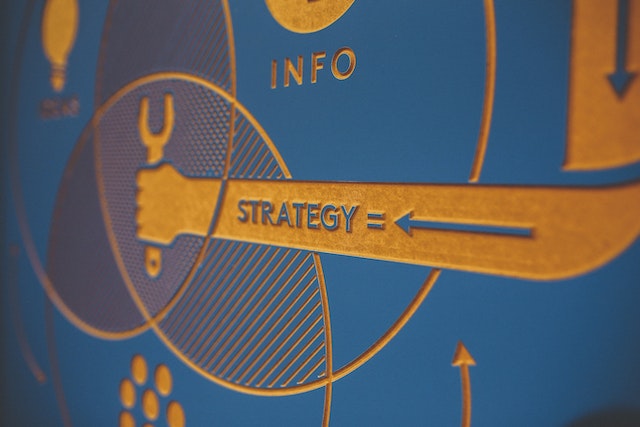Photo by fauxels from Pexels
“Empowered: Ordinary People, Extraordinary Products” By Marty Cagan is a highly recommended read for Product Leaders - leaders and managers of product management, product design and engineering.
“Leadership is about recognizing that there’s greatness in everyone, and your job is to create an environment where that greatness can emerge.”
This book is all about identifying what makes such an environment.
This blog is the third part of a series of the key points from the book that resonated with me. You can find Part1 here and Part2 here
Product Vision and Principles
 |
|---|
| Photo by Pixabay from Pexels |
While mission talks about the purpose of the business, vision talks about how we plan to deliver on the mission.
A good product vision:
- keeps us focussed on the customer
- serves as the North Star for the product org so that we have a common understanding of what we are hoping to accomplish together.
- inspires ordinary people to create extraordinary products.
- provides us with meaningful work
- leverages relevant industry trends and technologies
- provides the engineering organization with enough clarity about what’s coming in the next several years so they can ensure they have in place an architecture that can serve the need.
- in a primary driver of the team topology
Product principles complement the product vision by stating the values and beliefs that are intended to inform the many product decisions that will need to be made.
Who owns the product vision?
The head of product is responsible for ensuring the organisation has a compelling product vision. However, the head of product should work closely with the head of design and technology to come up with a compelling product vision.
The Theater Analogy - by Audrey Crane
 |
|---|
| Photo by ottonbro from Pexels |
A director’s highest responsibility is to bring to bear the best of what each team member has to offer in service of the shared goal. Rarely is the director the most highly skilled at any of the jobs that others on her team do. Of course, she must be knowledgeable so that she can appreciate, support, and grow each person on the team, but she isn’t the best, and in some ways, that’s the point.
Similarly, as a manager, I am certain that every person on my team is better at a great many things than I am. I’m not trying to get them to do what I want them to do, and definitely not to do things exactly the way I’d do them. Rather, I’m looking for what they’re passionate at, brilliant at, and then organizing a team’s worth of brilliance towards a common, shared goal.
The most rewarding experience in my career have been identifying talent and aptitude in people who weren’t aware of it themselves, and then convincing them that they’re great at whatever the thing is.
Product Strategy
 |
|---|
| Photo by Kaboompics from Pexels |
Product Strategy talks about how we make the product vision a reality, while meeting the needs of the company as we go.
Product strategy helps us decide what problems to solve, product discovery helps us figure out the tactics that can actually solve the problems, and product delivery builds that solution so we can bring it to market.
Why is product strategy so hard?
Because it requires four things that are not easy for most companies:
- I. The first is to be willing to make tough choices on what’s really important
The main thing is to keep the main thing, the main thing. - Jim Barksdale.
An organization will get more critical work accomplished if it focuses on just a few items at a time.
By not picking your battles and focussing on the few truly critical problems, most of the work going on does not make an impact. And for the truly critical problems, there is not enough attention to actually move the needle.
- II. The second involves generating, identifying and leveraging insights
Insights can be of 2 types:
-
Evaluative - what did we learn from testing out this new product idea? Did it work or not, and if not, why not?
-
Generative - Did we uncover any new opportunities that we aren’t pursuing but maybe we should?
- III. The third involves converting insights into action
It is important for a knowledgable leader to sit down with the relevant product teams, explain the strategic context - including the product strategy - and then tell each team which problems you need them to work on, and what business results they should measure. The OKR is a technique for formalizing these discussions.
- IV. The fourth involves active management without resorting to micromanagement
The product team may encounter many circumstances where they would need help from the product leader in the way of coaching or by being directly involved to remove the impediment or talking to key stakeholders.
The product leader does not take control and telling the teams what to do. It’s more accurately described as servant leadership (responding to requests for help).
Hope you found these notes helpful. Do checkout Part1 and Part2 of this series too. Stay tuned for more.